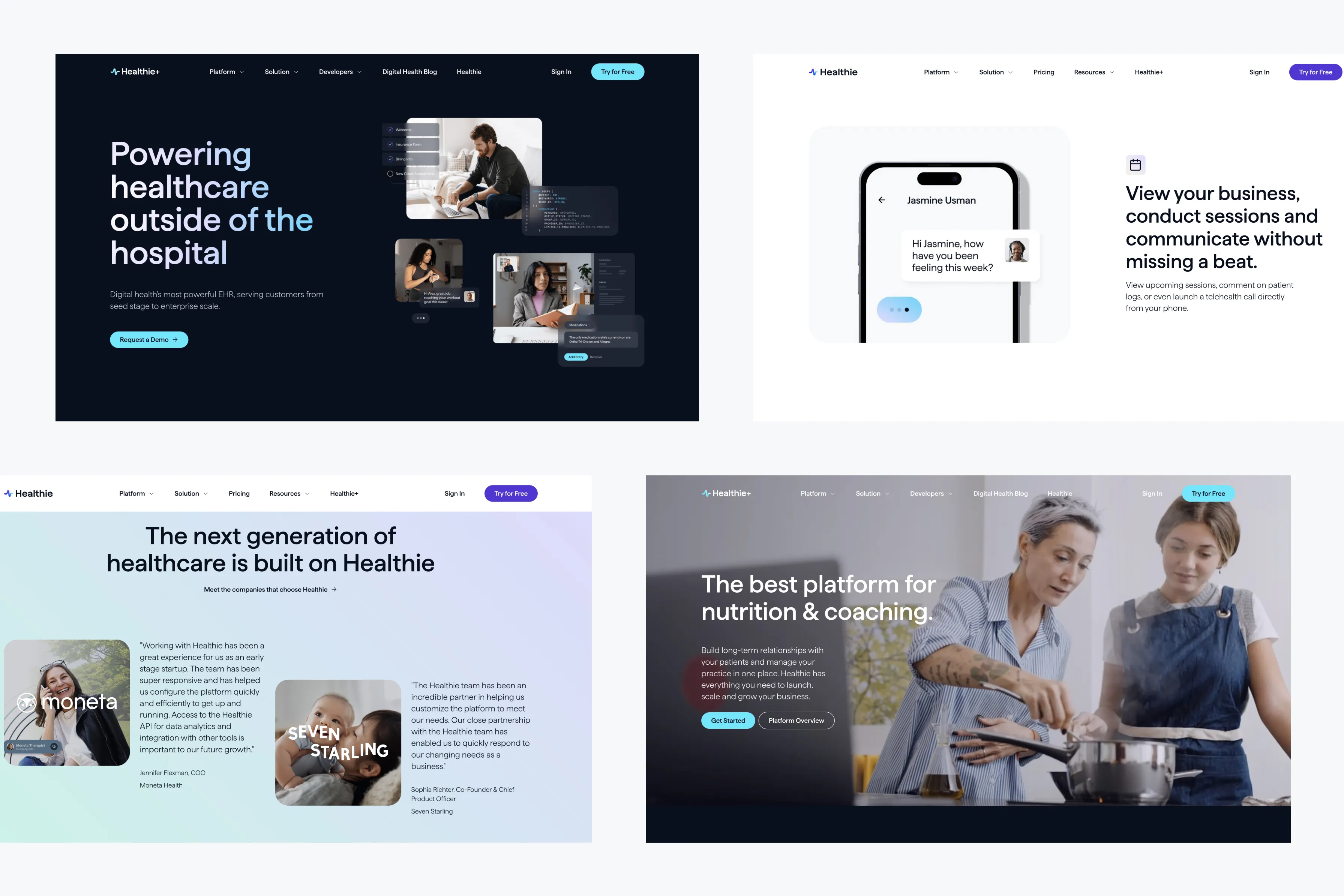Why User-Centered Design is the Future of Web Development

Introduction: The Shift to User-Centered Design
User-centered design (UCD) is revolutionizing web development by shifting the focus from aesthetics to user needs. Instead of designing solely for visual appeal, UCD ensures that a website is intuitive, accessible, and tailored to the people using it. By prioritizing the user's experience, businesses can boost engagement, improve satisfaction, and increase conversions.
In this blog, we’ll explore why UCD is becoming an essential approach in web development, the benefits it brings, and actionable steps for implementing UCD in your projects.
1. What is User-Centered Design (UCD)?
User-centered design is a design methodology that involves creating products with the end-user's needs as the foundation. It’s a philosophy that focuses on understanding users’ behavior, motivations, and challenges to build websites that cater directly to them. UCD is guided by several key components:
- User Research: Conducting research to learn about the target audience's behaviors, needs, and expectations. This research can include surveys, interviews, focus groups, or data analysis.
- Personas and User Profiles: Developing personas helps represent the different types of users likely to interact with the website, providing insight into their preferences and challenges.
- Usability Testing: Testing prototypes with real users to gather feedback on how well the design meets their needs.
- Iterative Design: Making adjustments based on feedback, continually refining the design to better serve users.
This process encourages an understanding of users’ expectations and behaviors, leading to websites that are more accessible, intuitive, and engaging.
2. Why UCD is the Future of Web Development
User-centered design is not just a trend; it’s a shift toward creating more personalized and accessible digital experiences. As users become more discerning and competition grows, businesses that prioritize UCD are more likely to succeed. Here’s why:
- Enhanced User Experience: UCD creates intuitive, easy-to-navigate websites that users enjoy, leading to increased engagement and lower bounce rates.
- Higher Conversion Rates: Sites that are designed with the user in mind tend to convert better. When users can quickly find what they need, they’re more likely to complete desired actions, such as signing up for a newsletter, making a purchase, or filling out a form.
- Improved Accessibility: UCD often aligns with accessibility best practices, ensuring that websites are usable by all individuals, including those with disabilities.
As users increasingly value efficient, enjoyable online experiences, websites that implement UCD principles stand out by providing clarity, ease of use, and a tailored experience.
3. Key Benefits of User-Centered Design
Implementing UCD offers several tangible benefits, including:
- Better Usability: Websites that are easy to navigate create a frictionless experience, which keeps users engaged longer and encourages return visits.
- Reduced Development Costs: Early testing and user feedback can reveal issues that can be fixed before launch, saving time and money on post-launch revisions.
- Higher Engagement: When users feel that a website caters to their needs, they are more likely to interact with content, explore additional pages, and share it with others.
- Stronger Brand Loyalty: Positive user experiences lead to trust, encouraging users to return and potentially convert into loyal customers.
By meeting user needs, UCD helps businesses build stronger relationships with their audience, ultimately leading to higher engagement and satisfaction.
4. Best Practices for Implementing UCD in Web Development
Incorporating UCD requires a structured approach. Here are several practices to guide the process:
- Develop User Personas: Identify your primary audience types by creating personas that reflect the needs, challenges, and goals of your typical users. These personas help guide design decisions to ensure the website resonates with its audience.
- Map Out User Journeys: Understand the paths users take through your site. User journey mapping can reveal friction points and highlight areas where design changes may be needed to improve flow and functionality.
- Conduct Regular Usability Testing: Test your designs with actual users at various stages of development to gather feedback and make informed adjustments. Usability testing can help identify areas where users experience frustration or encounter barriers to completing actions.
- Iterate Continuously: User-centered design is an iterative process. Collect feedback, monitor user behavior after launch, and make adjustments based on new insights.
Conclusion: Adopting User-Centered Design for Better Results
User-centered design isn’t just a buzzword; it’s a critical approach that addresses user needs directly, creating a website that’s both functional and enjoyable to navigate. As businesses compete in a crowded digital landscape, UCD allows them to provide an experience that builds trust and encourages positive interactions. For web developers looking to create meaningful and effective websites, UCD offers a powerful framework for achieving results.
At Wanderland Agency in Toronto, we specialize in designing user-centered websites that align with both local and global user needs. By incorporating user insights and usability testing, we help Toronto-based businesses create engaging, intuitive websites that drive conversions and enhance user satisfaction.




















